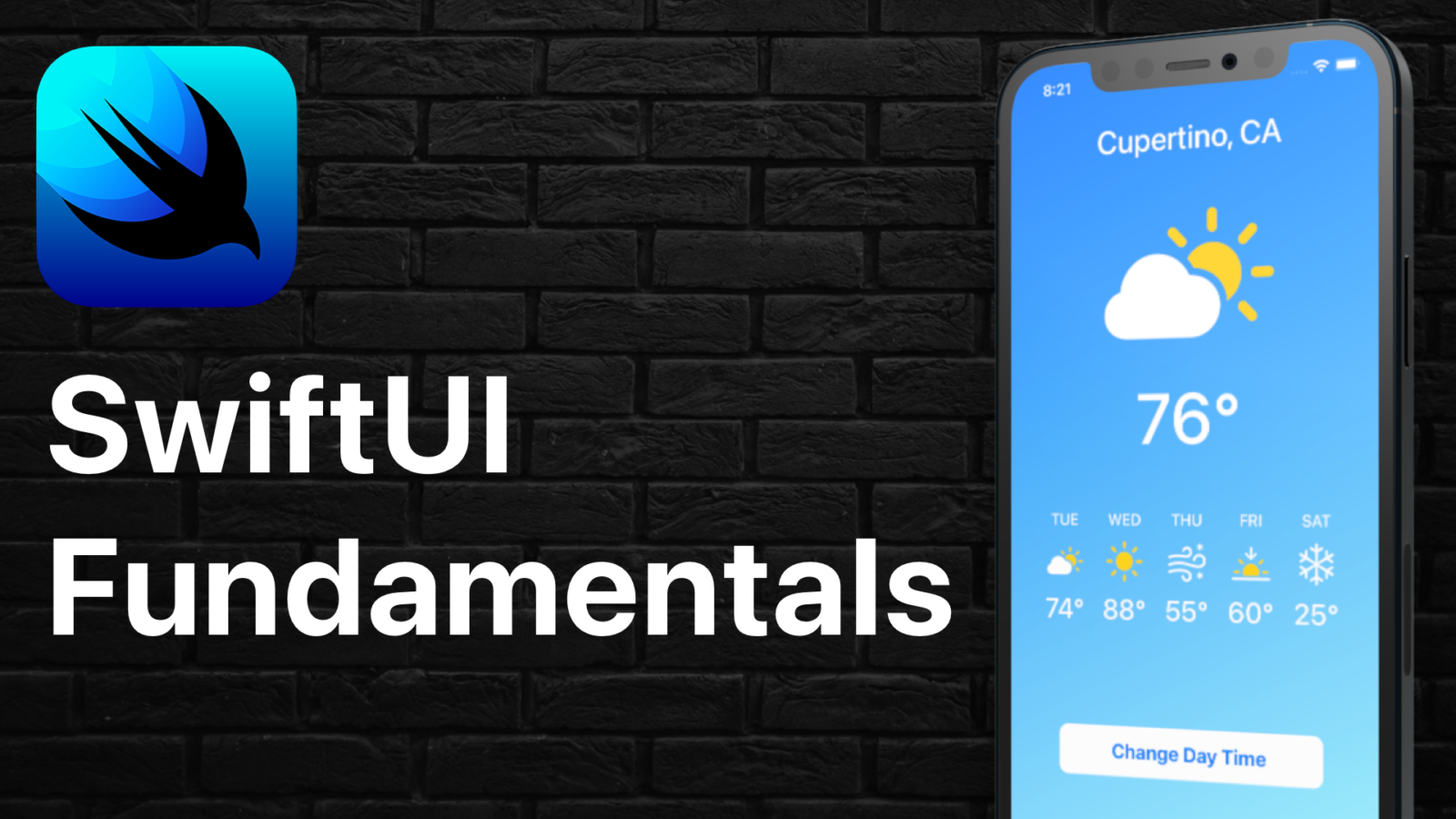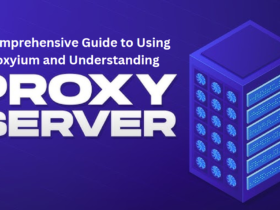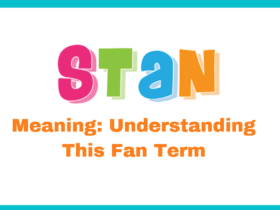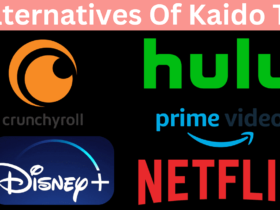SwiftUI is a UI Framework developed by Apple. You can create iOS, macOS, and watchOS applications with SwiftUI too quickly. This signifies splendid apps in less time. SwiftUI enables you to try and edit your views rapidly. I consider this to be the major difference with UIkit. Because you see your views easily and concurrency. This is the ideal property for mobile development.

Why does SwiftUI Exist?
It mainly exists for developers to make their work effortless and make applications more ideal for the Apple ecology. It is good at what it does and can be implemented quickly. It will undoubtedly have a big influence on how apps are developed and used in the Apple ecology.
How SwiftUI Operates?
SwiftUi is established on the View protocol that everyone has experienced. Excellent! But what is the View Protocol? If you are reading this blog, it signifies you have a mastery of Swift. Don’t forget the protocols. View protocol is one of them. If a structure is incorporated into the view protocol, it should have body characteristics.
struct ContentView: View {
var body: some View {
// some codes for about views
Body Characteristics
This gives rise to a significant issue for SwiftUi. SwiftUI wants to acknowledge what each view is all about. Let’s look closer at the body characteristics.
var body: some View
The “some view” word is so essential for this line. This signifies this. This build will take so many visions. And he has to identify them to you. For instance a Vstack. Or Texts in an Hstack. There are several points we should be careful of in this part. For instance, a body attribute can comprise 10 views only. Every child of it, and their children too. This is a very deep-rooted subject. But if you want to have a look you can analyze the TupleView section on Xcode. We now acknowledge that the foundation of SwiftUI is the View Protocol. Let’s move forward and now talk about the modifiers.
View Modifiers
These are modifiers that complete our views and allow us to add other new features.
Text(“Tap, Me!”)
.padding()
Let’s glance at our example. You see a Tap me message and padding over it. The padding here is acting as a modifier. It completes the text of our views and adds a fill with adjustable characteristics around it.
background() // Add any background to your view
.frame() // Set your view size
.cornerRadius() // Make the edges of our view rounded.
.foregroundColor() // Color your view.
One of the great examples of this. Very easy to use and has very strong features. There is an essential point of these that feels amazing. It might seem unusual, but the sequence of writing.
Text(“Tap, me!”)
.padding()
.background(.black)
Text(“Tap, me!”)
.background(.black)
.padding()
These two examples are not similar to each other. Because each modifier completes the previous view.
Wrap Up
Here comes the end of the article, we acknowledged some information about SwiftAI and a few fundamentals of its functioning. Hope you’ve learned something from this blog. I will continue to gather more information and the depths of SwiftUI.
Read More
How Notion Is Going to Change the Way We Work in 2024
How Noplace App is Revolutionizing Remote Work in 2024
Getting Started with Viggle AI: A Beginner’s Guide in 2024
















Leave a Reply